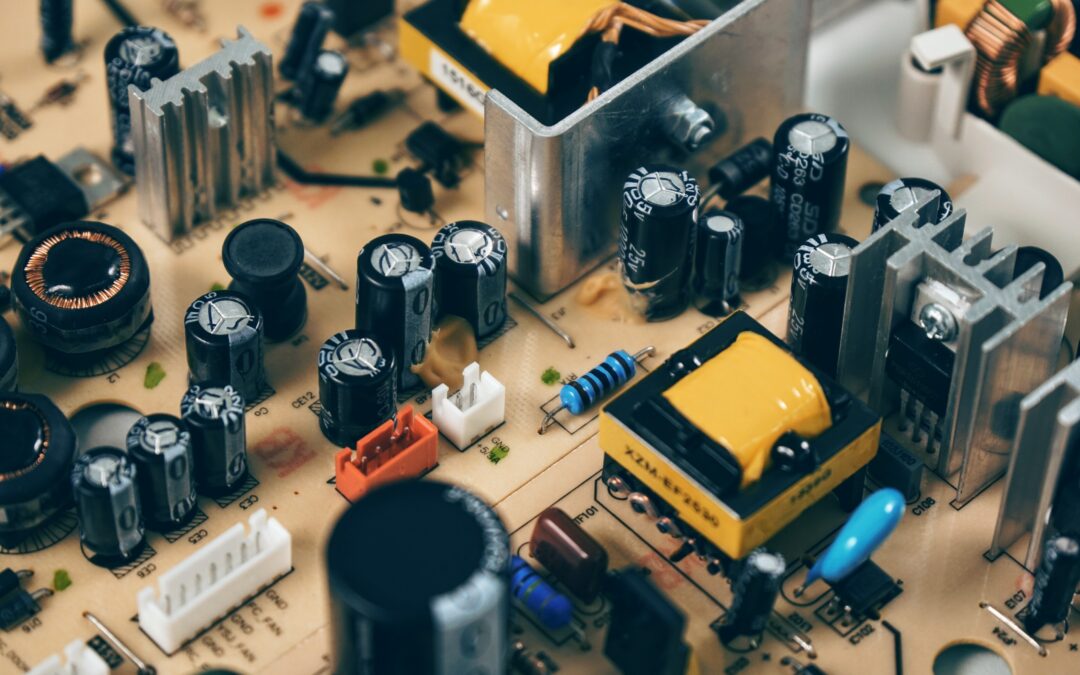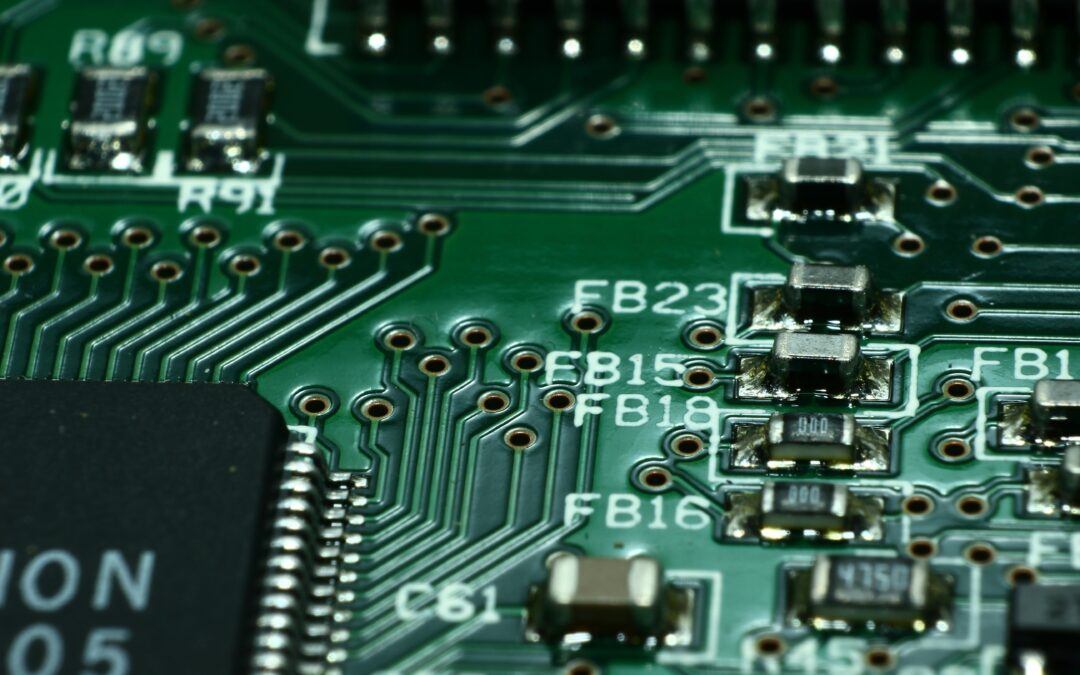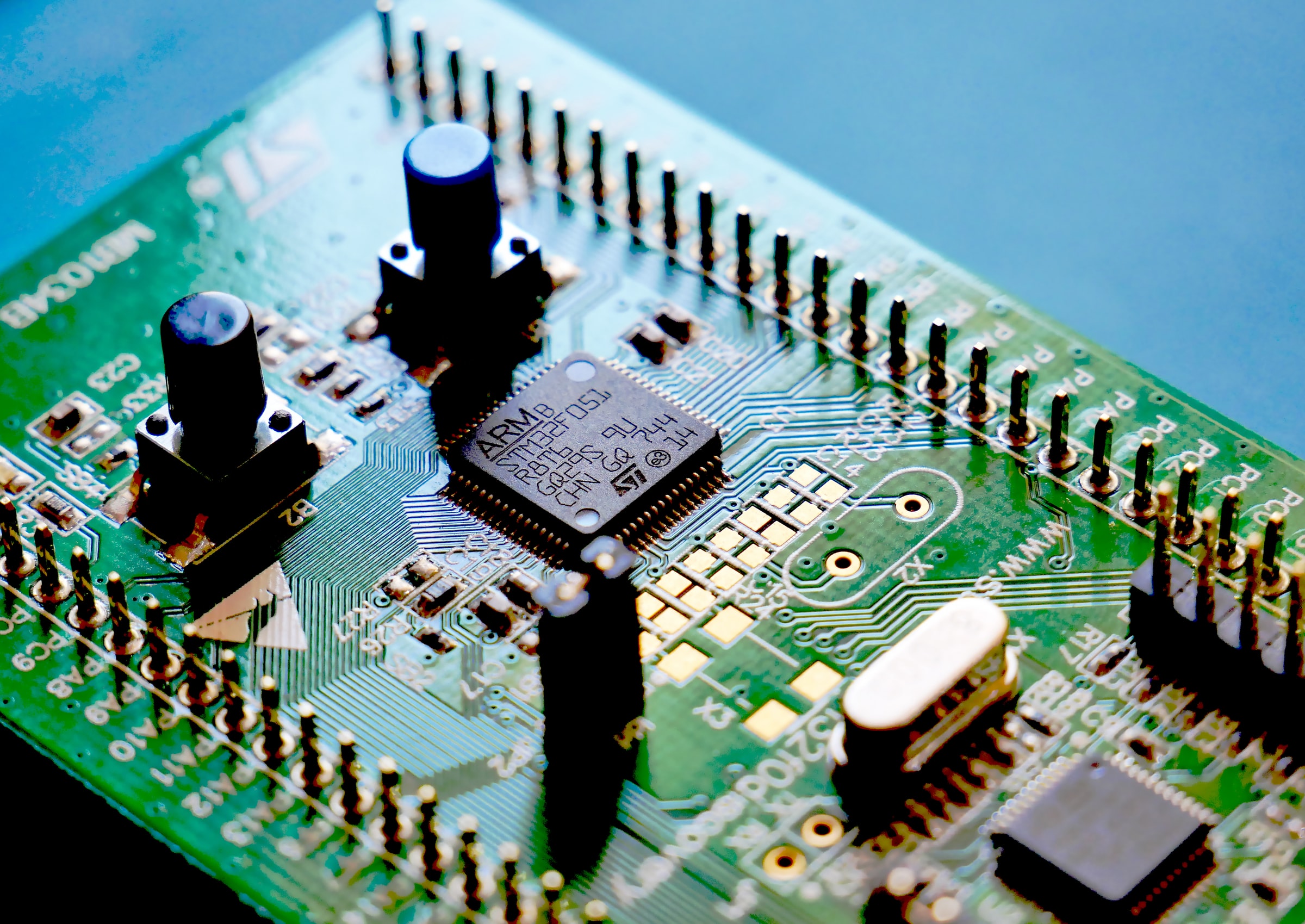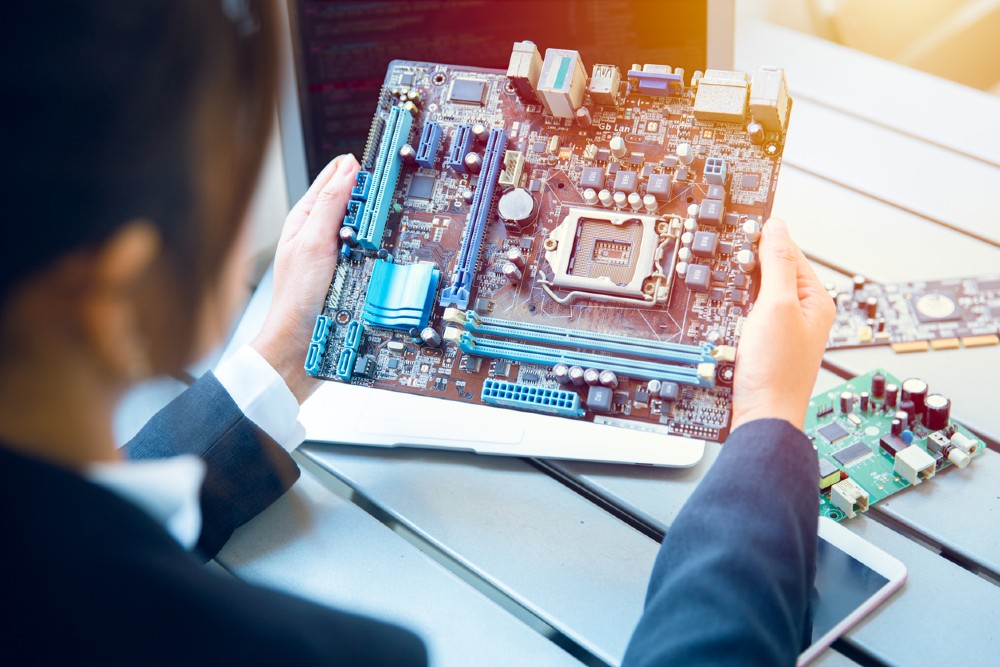
by Chris D | Oct 25, 2022 | Manufacturing, PCB
Any printed circuit board manufacturer you use should have the proper certifications to ensure that their products meet industry standards. Failure to verify that your chosen manufacturer has the appropriate certifications can lead to faulty PCBs and expensive...

by Chris D | Oct 24, 2022 | Manufacturing, PCB
PCB lamination is among the many crucial steps required to create a high-quality printed circuit board. Without lamination, a PCB would be too fragile to function properly — ruining the circuitry and making the board unusable. Knowing which PCB lamination process is...

by Chris D | Oct 20, 2022 | Manufacturing, PCB
The benefits of PCB plating ensure that the PCB’s surface is well-protected against environmental factors while also providing a smooth and level finish for vias and traces to be laid down on. Plating also increases the structural integrity of the PCB, making it...

by Chris D | Jul 28, 2022 | PCB
The History of Printed Circuit Boards Responsible for the function of medical devices, aeronautical engineering applications, military hardware, and hundreds of other electronics, the printed circuit board is one of the most important inventions of the 20th...
by Chris D | Jul 25, 2022 | PCB
In order to debug a printed circuit board (PCB) correctly, you must first find out the reason for the malfunction. The most common faults in a PCB are caused by physical damage, which is typically easy to identify. This type of problem is called “obvious...

by Chris D | Jul 21, 2022 | Manufacturing, PCB
Invented in the early 20th century, printed circuit boards (PCBs) have become an integral part of electronic devices. Using circuits, diodes, substrates, and other electrical components, these boards are responsible for sending and receiving electronic signals in...






